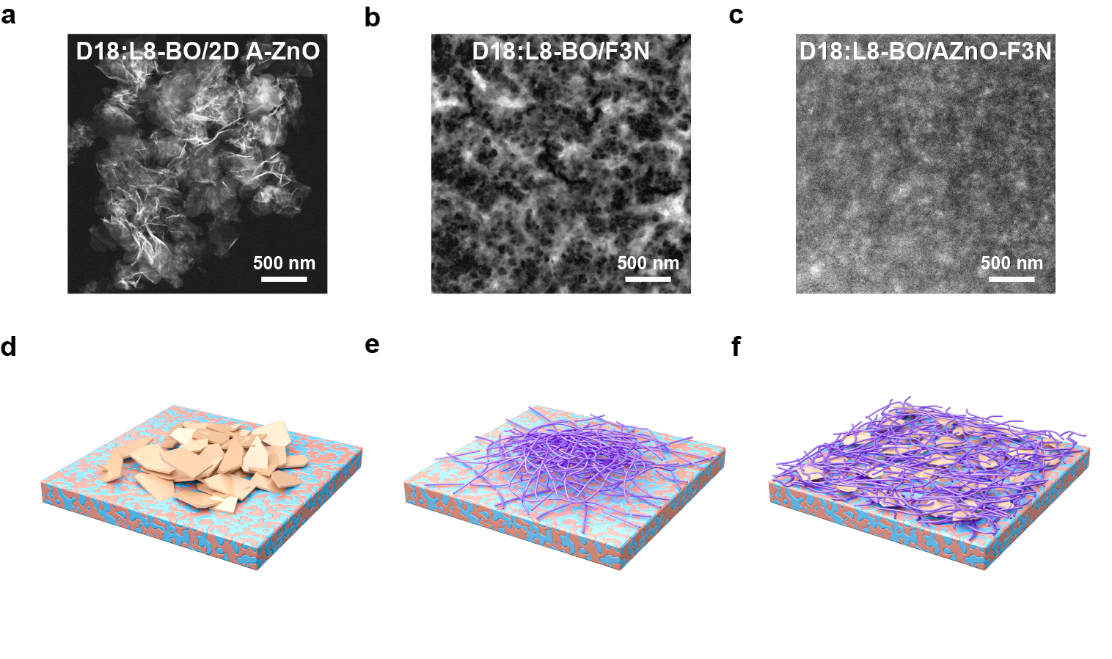
Researchers from the University of Chinese Academy of Sciences (UCAS) and their collaborators have developed an inorganic/organic hybrid cathode interfacial layer (CIL) that enables a high-power conversion efficiency (PCE) of 21.0%, with a certified efficiency of 20.8%, representing the highest values recorded for organic solar cells (OSCs) to date.
The study was published in Nature Materials on July 18.
OSCs have attracted growing interest due to their lightweight, flexibility, and compatibility with scalable solution processing. However, their commercial potential remains limited by lower PCE compared to inorganic and perovskite solar cells. This gap is largely attributed to unbalanced charge transport and severe recombination losses at the interfaces, which reduce both the open-circuit voltage (Voc) and fill factor (FF) of the devices.
To address this bottleneck, the researchers proposed a dual-component synergy strategy for designing a novel hybrid CIL, AZnO-F3N, by integrating organic material PNDIT-F3N with two-dimensional amorphous zinc oxide (2D A-ZnO). This strategy leverages the synergistic interactions between 2D A-ZnO and PNDIT-F3N, resulting in reduced interfacial defect, enhanced conductivity, and improved film uniformity. OSCs incorporating the AZnO-F3N CIL exhibit more efficient charge extraction and transport, along with reduced recombination.
The hybrid interlayer exhibits broad compatibility with different active layers, thick-film architectures, and flexible devices, while significantly enhancing photostability and mechanical durability.
This approach is also applicable to other organic CIL materials such as PDIN and PDINN, offering a general strategy for advancing high-performance and stable OSCs.

a-c. High-angle annular dark-field scanning transmission electron microscopy images; b-e schematic diagrams of the morphology of 2D A-ZnO, PNDIT-F3N and AZnO-F3N CILs on the active layer. (Image by UCAS)

86-10-68597521 (day)
86-10-68597289 (night)

52 Sanlihe Rd., Xicheng District,
Beijing, China (100864)

